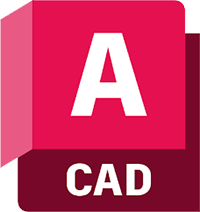Think of it like this.
If your job can be explained to someone easily and if they can do it based on that explanation, then, your job is most likely going to be replaced by AI soon.
In CAD and design space as well, there are several jobs that might get replaced by AI because work like simple drafting, annotations, converting 3D to 2D and documentation is the simplest kind of work that can be explained quite easily to anyone and almost anyone can do the work based on these explanations.
But you can do some of the things mentioned in this article to not only stay relevant but also become a highly paid individual in the age of AI.
In this article I am going to show you how AI is not a threat rather a great new opportunity that will transform the way engineers and designers work.
If you prefer the video version of this article then here it is.
The big picture
AI models like chat GPT and others have a big problem.
They are trained over data like images, 3D parts and text and they simply regurgitate whatever they have learned in the form of a new image, 3D model, text based results, code snippets and things like that.
But in design space this works only to a limited extent like in the case of computer vision models this might work and to a great extent this is a great advantage which I will explain later how.
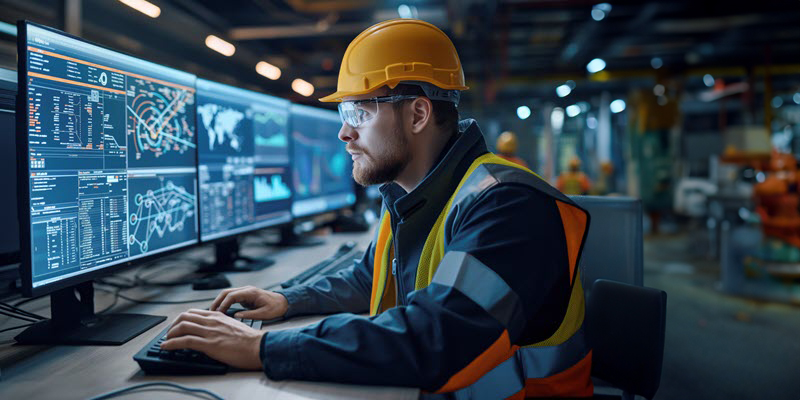
But in most of the scenarios this won’t work.
So, rather than doing the work of simply replicating what already exists AI models in engineering need to solve new problems almost always.
This ends up making AI useful in a completely different set of AI models for applications like design optimization, CAE and CFD and so on.
These models have existed for some time and they are constantly improving and here AI can do wonders and is already doing it too.
AI for Generative design
Take the example of generative design which uses algorithmic approach and machine learning to generate feasible design options based on provided parameters.
This helps engineers find the best design options saving time in production and money in manufacturing process.
This generative design approach was taken by General motors to design it's car parts to make them lightweight essentially improving fuel efficiency.
In the case of GM they collaborated with Autodesk to create parts using Autodesk’s generative design capabilities.
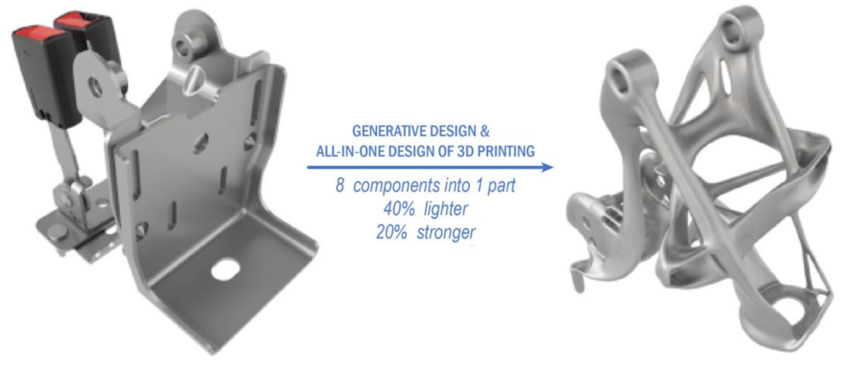
Image from Researchgate.net
This was way back in 2018 by the way.
They managed to create a seat bracket that is 40 percent lighter and 20 percent stronger.
This goes on to show how generative design “AI” is going to change design for the better.
Generative design still needs human input as parts created with generative design are not always manufacturable, and you need to figure out the best iteration from the samples created by your software based on real world and design parameters.
But it certainly does a good job of reducing material costs and making efficient designs.
So, as you can see AI here is not eliminating humans rather it is making the work done by human smarter and better.
AI for FEA and CFD simulations
Another area where AI is shining and making life easier for engineers and designers is FEA and CFD simulations.
Predictive AI is creating near instant CAE and CFD simulations so now you can test the product directly in the design phase and you don’t have to wait for the product to finish to test it.
As the results are generated instantly this significantly reduces the design time and ensures product reaches the market sooner.
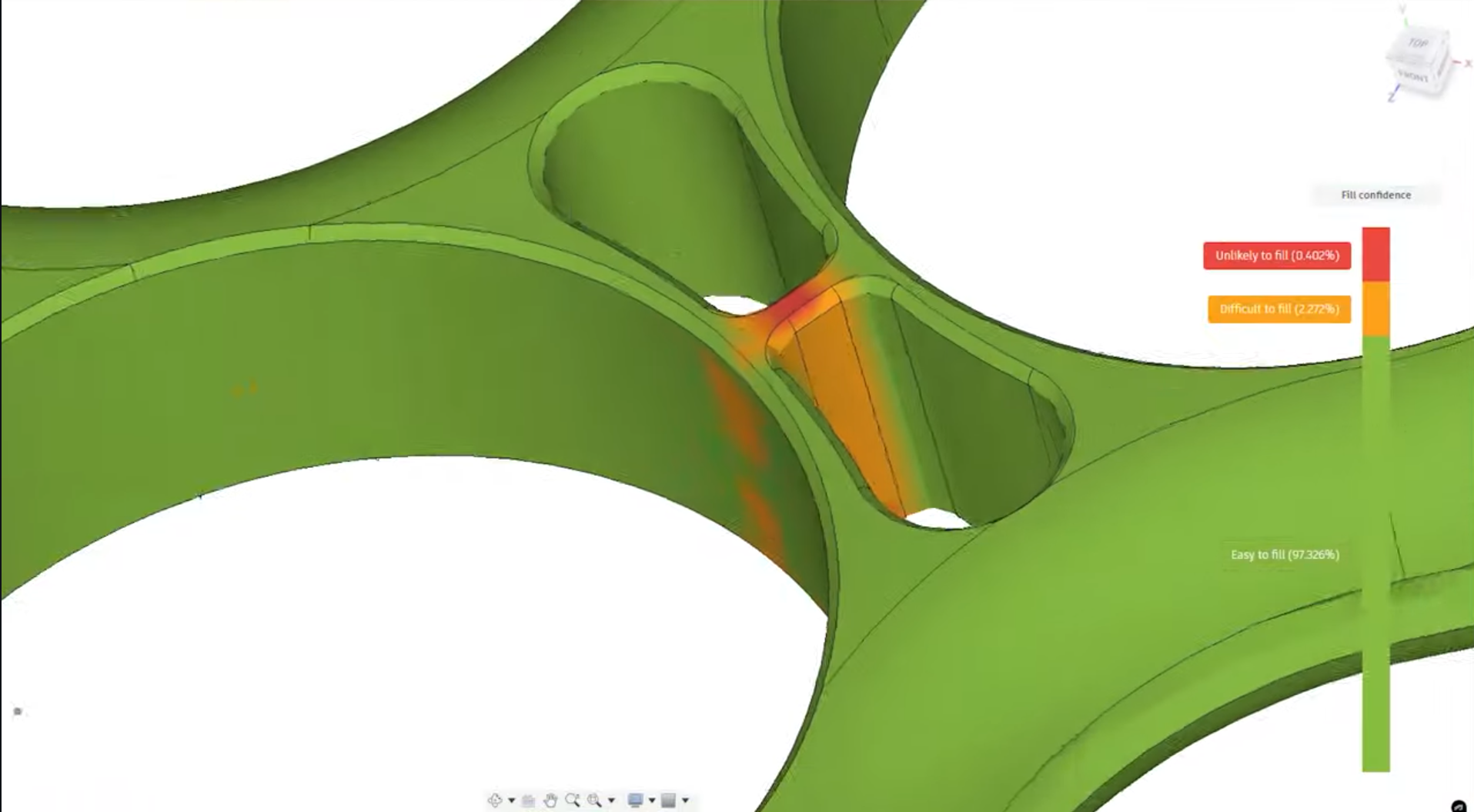
Designers can design the product and get almost Realtime feedback on factors like load, geometry and based on these predictions they can tweak the design eliminating repetitive design and testing cycles.
This also helps them test several scenarios finding the best one very quickly.
There is however one thing that still needs to be considered which is the accuracy of these results.
They are generally accurate but still these are predictions and they can be tested with CFD or FEA simulations at the end of the design process to compare the results with the AI data.
But in the end once again as you can see humans are not eliminated here rather AI is helping humans in making better products with access to data that is usually available only after time consuming tests.
AI in 3D printing
Now lets see how AI is changing the 3D printing industry for good.
In 3D printing computer vision based error detection is transforming the way problems are detected and corrected in the prints.
3D prints usually take hours and even days and despite the best settings that operator has created the prints are prone to failure.
Sometimes the problem develops in the middle of the print and if detected the operator can stop the print and restart with correct parameters or fix the issue and continue the print.
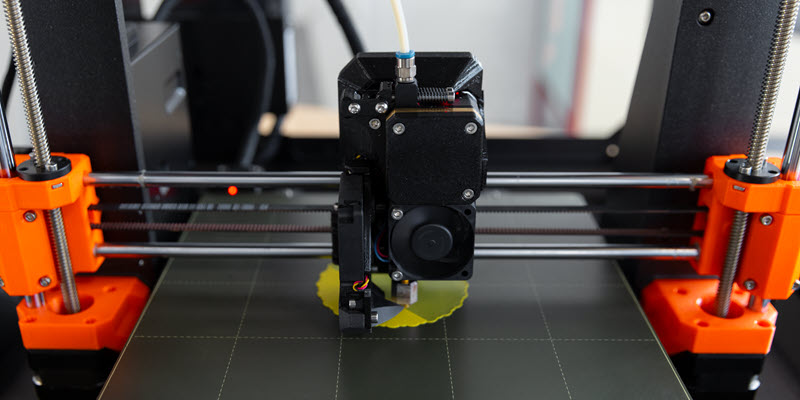
But this assumes that operator is available to check the 3D prints and it’s not possible at all as 3D prints usually take hours and days.
So, deep learning computer vision models trained on nearly a million images is helping in predicting the errors and also correcting them in realtime.
This was done by engineers from university of Cambridge, where they trained their model on nearly a million images from several different 3D prints.
These prints were done with different materials and they are very accurate when it comes to predicting the errors with new materials as well.
Source is linked at the end of the article.
So, here again as you can see AI is only improving the way designers and engineers work with 3D prints.
Summary
So, as you can see AI is making you a better engineer and designer and it is helping you in removing the guess work from your design process by providing you with better and actionable data.
In simulations the results that are generated in hours are generated in almost Realtime that is a huge cost saving of electricity and man hours.
This saving can ultimately be used to improve the product design and time it takes for a product to reach the market.
And in 3D printing it is saving wastage of material and electricity with predictive error detection.
So, you should not be scared of AI and you should embrace it as it is going to stay for sure.
You can however upskill yourself and learn these new technologies like generative design, point cloud, CAE and CFD.
Don’t stick with simple work where you just need to convert 2D drawing to 3D or may be 3D to 2D or generating reports and documentation as they are going to get replaced first.
Also focus on engineering foundations like GD&T, materials and heat transfer.
Recently I have also noticed that programming languages like Python are becoming increasingly more relevant for engineers and designers.
So having at least a working knowledge of Python or Matlab will certainly help.
So, that was my take on AI and design engineering space.
What do you think?
Join the discussion in the comments down below and also, let me know which topic you want me to cover in the next article.

